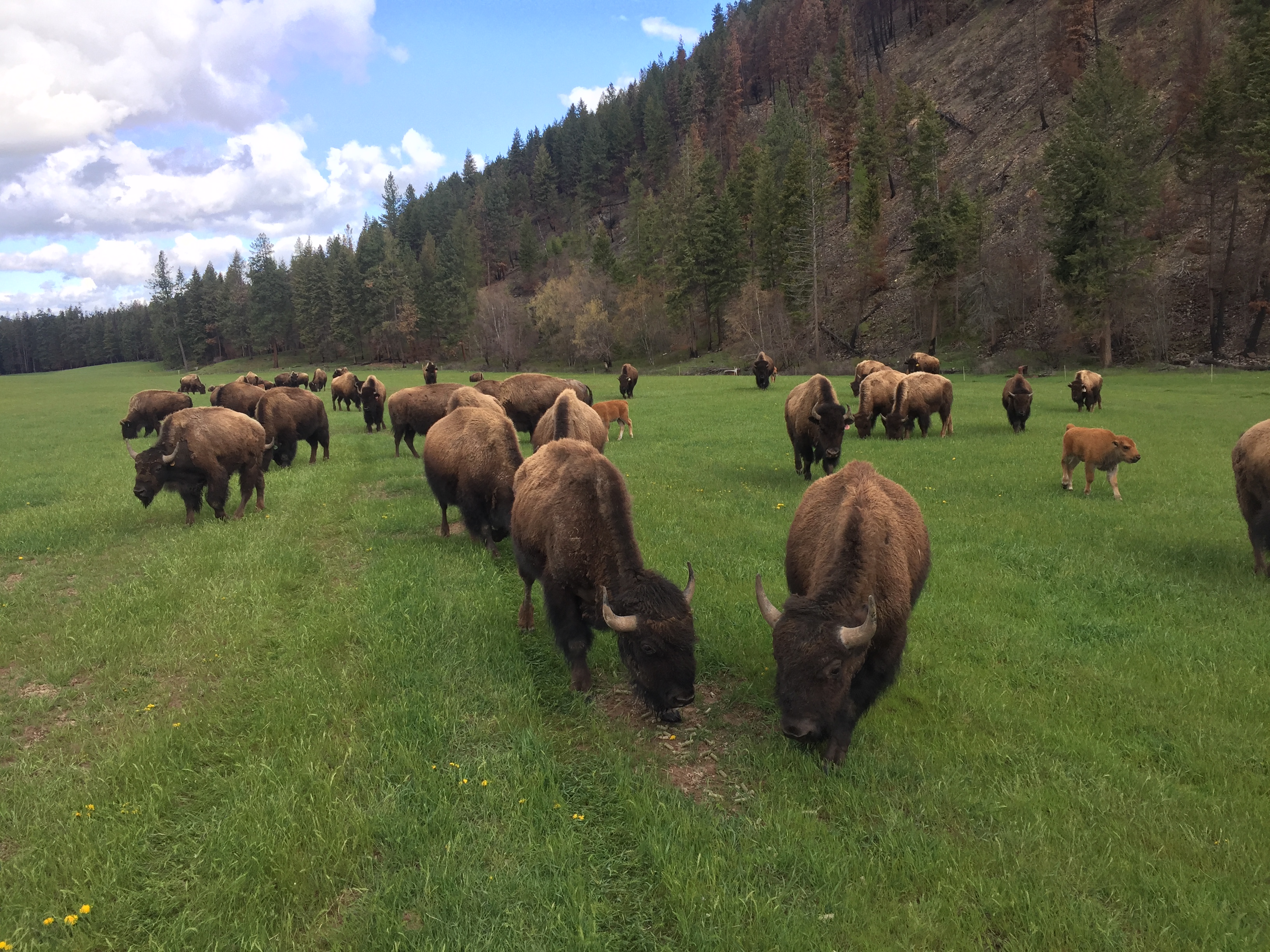
Now that we’ve looked at grasslands, let’s take a peek at holistic range management.
Rotational grazing is a method of land management that mimics the natural grazing patterns of wild animals. The practice involves moving livestock from one pasture, or “paddock,” to another on a regular basis, often daily or weekly. This is known as “paddock shifting.”
The idea behind rotational grazing is to imitate the way wild herds of grazing animals, such as bison or wildebeest, move across the landscape. In nature, these herds graze a certain area for a short period of time before moving on, allowing the plants in that area to recover. This type of grazing is known as “holistic land management” and is based on the principle that animals, when managed properly, can be used as tools to improve soil health, increase plant growth, and improve overall ecosystem function.
One of the key benefits of rotational grazing is that it increases soil nutrient resources. When animals graze in one area for a short period of time and then move on, they leave behind their manure, which is rich in nutrients like nitrogen and phosphorus. This helps to fertilize the soil and promote plant growth. Additionally, when animals graze an area, they trample and disturb the soil, which can help to increase water infiltration and improve moisture retention.
Another benefit of rotational grazing is that it can help to increase plant diversity. By moving animals from one area to another on a regular basis, different plant species are given the opportunity to grow and thrive. This can lead to a more diverse and resilient ecosystem, which is better able to withstand disturbances like drought or fire.
There are many different ways to implement rotational grazing on a farm or ranch. One method is to use temporary electric fencing to create small, manageable paddocks. This allows for easy and efficient movement of animals from one area to another. Another method is to use livestock guardian dogs to help herd the animals from one paddock to the next. This can be especially effective for larger herds of animals, as the dogs can help to keep the animals in a tight group and prevent them from straying.
Rotational grazing is not only beneficial for the land, but also for the ethical treatment of animals and the quality of meat produced. When animals are able to graze on fresh vegetation and move frequently, they are less stressed and have a better quality of life. This leads to healthier and happier animals, which in turn results in better quality meat for consumers. Additionally, rotational grazing can help to reduce the need for chemical inputs and antibiotics, which is better for both the animals and the environment.
In conclusion, rotational grazing is a powerful tool for improving soil health, increasing plant growth, and improving overall ecosystem function. By mimicking the natural grazing patterns of wild animals, we can create a more diverse and resilient landscape. If more farmers and ranchers adopted holistic regenerative land management practices, not only would the land be improved but also ethical treatment of animals problems and quality of meat produced would be solved. A vision of a world where regenerative land management is widely adopted would be a world where the land is healthier, more productive, and more resilient, with happier and healthier animals and higher quality food for all.